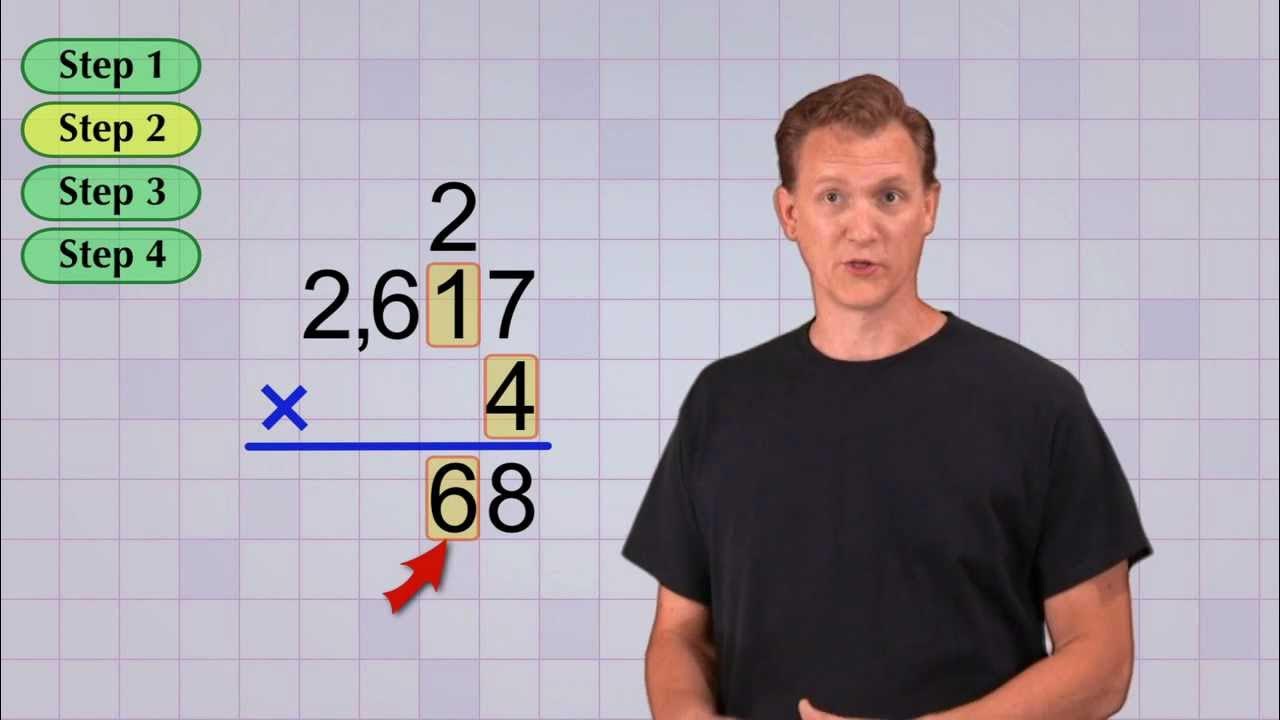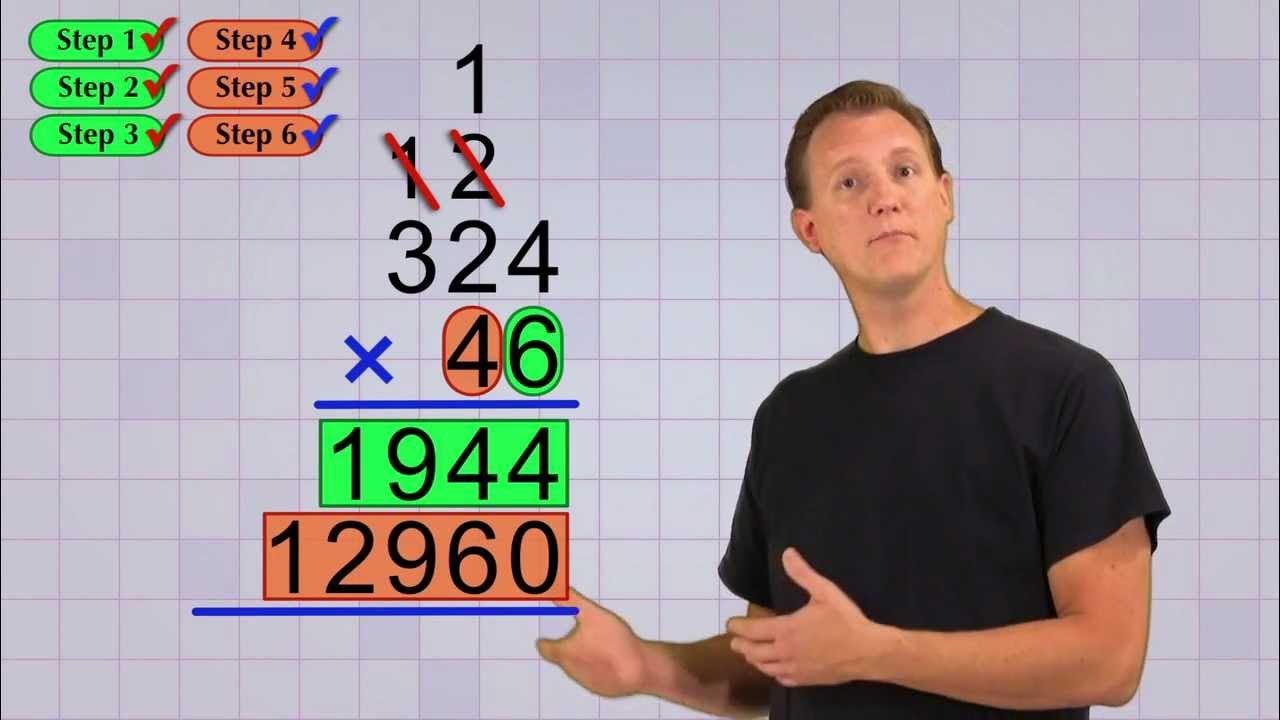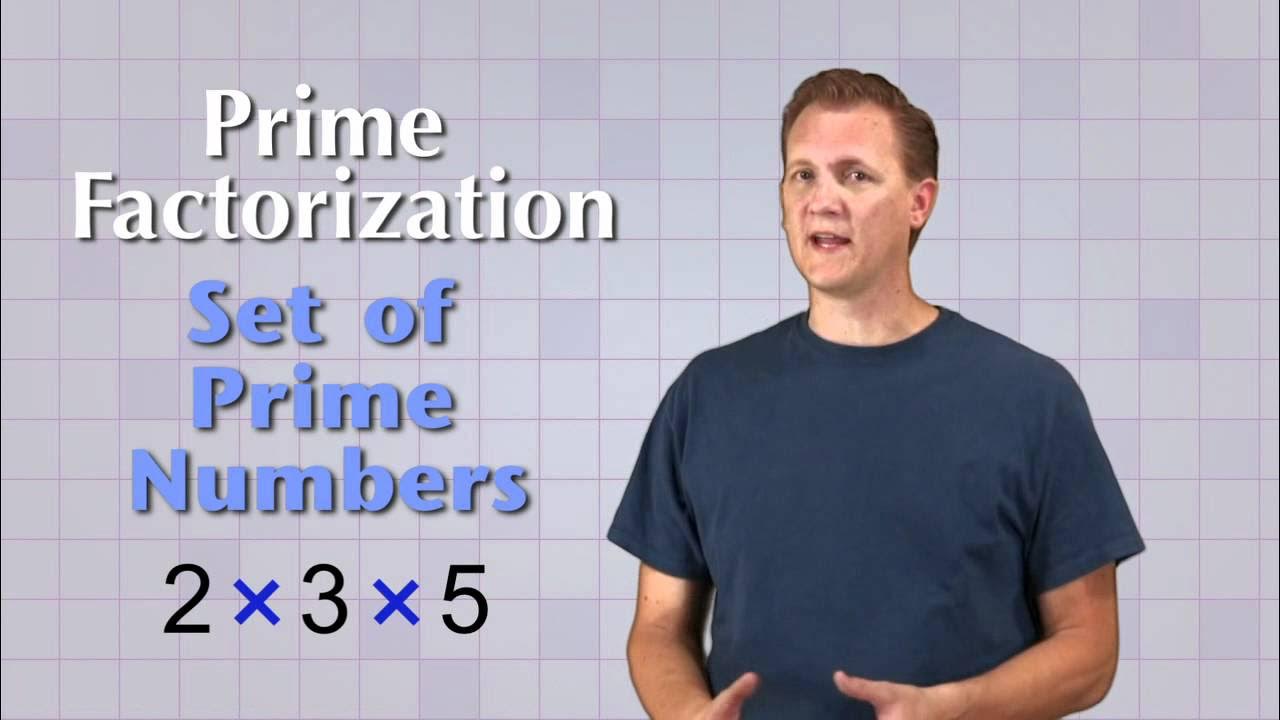Math Antics - Factoring
Summary
TLDRIn this Math Antics lesson, viewers learn the basics of factoring, a process of ‘un-multiplying’ numbers. The video explains how factoring involves finding the numbers that can be multiplied together to yield a given number. Through examples like factoring 10 and 24, the lesson covers the concept of divisibility, demonstrating how to identify factors by dividing numbers without remainders. It also highlights the importance of factoring in simplifying fractions and solving other math problems. The video encourages hands-on learning with exercise problems for practice, making the concept easy to grasp and apply.
Takeaways
- 😀 Factoring is the process of determining what two numbers can multiply together to produce a given number.
- 😀 Factoring is like 'UN-multiplying'—you are essentially reversing a multiplication problem.
- 😀 For example, factoring 10 means identifying the numbers 2 and 5, as 2 × 5 = 10.
- 😀 There can be more than one correct way to factor a number. For instance, 24 can be factored as 4 × 6 or 3 × 8.
- 😀 Factors are numbers that divide evenly into another number, without leaving a remainder.
- 😀 Testing for divisibility is a method used to check if one number is a factor of another.
- 😀 When testing for divisibility, you only need to test numbers up to half of the number you're factoring.
- 😀 Every whole number has at least two factors: 1 and the number itself.
- 😀 To find all factors of a number, you can list the numbers that divide evenly into it, starting from 1 up to half the number.
- 😀 The factors of 24 are 1, 2, 3, 4, 6, 8, 12, and 24, based on divisibility testing.
Q & A
What is factoring in mathematics?
-Factoring is a mathematical operation where you take one number and figure out what two numbers you could multiply together to get that number. It’s like ‘un-multiplying’.
How does factoring differ from other math operations like addition or multiplication?
-In factoring, you are only given one number and need to figure out what two numbers can multiply to give you that number. In contrast, other operations like addition or multiplication involve working with two or more numbers.
Why is factoring useful in math?
-Factoring can simplify math problems, especially when working with fractions. It allows you to break numbers into smaller parts, which can make cancellation easier and the problem simpler.
What are some ways to factor the number 24?
-There are multiple ways to factor 24. For example, you can factor it into 4 × 6 or 3 × 8. Both are correct because 4 and 6, as well as 3 and 8, are factors of 24.
Can there be more than one correct way to factor a number?
-Yes, when factoring a number, there can be multiple correct ways. For example, 24 can be factored as 4 × 6, 3 × 8, or 2 × 12, all of which are valid factor pairs.
How do you test if a number is a factor of another number?
-To test for divisibility, divide the number by the potential factor. If the division results in a whole number with no remainder, then it is a factor.
What happens if a number does not divide evenly?
-If a number does not divide evenly (i.e., results in a decimal or remainder), then it is not a factor of the number being tested.
What numbers do you need to test to find all factors of a number like 24?
-To find all the factors of a number like 24, you only need to test numbers up to half of 24, which is 12. Testing numbers beyond half is unnecessary because factors will start repeating.
What are the factors of 24?
-The factors of 24 are: 1, 2, 3, 4, 6, 8, 12, and 24.
Why is the number 1 always a factor of any number?
-1 is always a factor because any number divided by 1 equals that number. This makes 1 a universal factor for all whole numbers.
Outlines

This section is available to paid users only. Please upgrade to access this part.
Upgrade NowMindmap

This section is available to paid users only. Please upgrade to access this part.
Upgrade NowKeywords

This section is available to paid users only. Please upgrade to access this part.
Upgrade NowHighlights

This section is available to paid users only. Please upgrade to access this part.
Upgrade NowTranscripts

This section is available to paid users only. Please upgrade to access this part.
Upgrade Now5.0 / 5 (0 votes)





